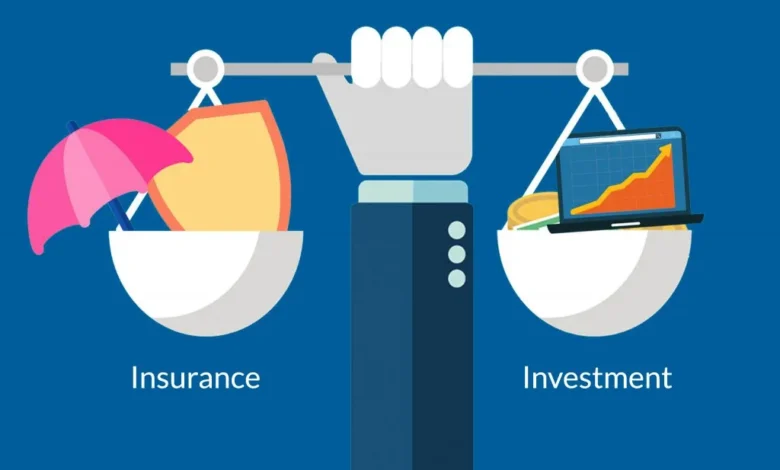So, you have heard the term “ULIP” floating around in conversations about investment, but you are not entirely sure what it means, or how it can impact your financial journey. No worries! Let’s delve right into the subject and untangle the complexities of ULIPs, so you understand how they can fit into your investment portfolio.
What is ULIP?
Let’s understand ULIP meaning. ULIP stands for Unit-Linked Insurance Plan. It’s a financial product that offers a combination of insurance and investment. A part of the premium you pay goes towards providing life insurance coverage, while the remaining amount is invested in various financial instruments such as stocks, bonds, or mutual funds.
Features of ULIPs
Why Choose ULIP for Investment?
Risk Diversification
One of the most compelling reasons to consider a ULIP scheme for your financial portfolio is the robust risk diversification it offers. Unlike traditional investment options that focus solely on either equity or debt, ULIPs provide you with the flexibility to invest in a mix of asset classes. Whether you are risk-averse and prefer the stability of debt funds, or you are an aggressive investor looking for the high returns associated with equity funds, ULIPs offer something for everyone. And if you are somewhere in between, you can opt for balanced funds that combine both equity and debt to provide moderate returns with less volatility.
Tax Benefits
Financial planning is not just about growing your wealth but also about smart tax planning. When you invest in a ULIP, you not only secure your future but also save on taxes. The premiums you pay towards your ULIP are eligible for tax deductions under Section 80C of the Income Tax Act, thereby reducing your taxable income. Furthermore, the maturity proceeds you receive are exempt from tax under Section 10(10D), provided you adhere to certain conditions like keeping the policy active for a minimum period. These dual tax benefits make ULIPs a highly attractive investment vehicle for savvy investors.
Flexibility and Switching Option
Markets are as dynamic as life itself, always fluctuating based on a myriad of factors. ULIPs offer unparalleled flexibility that allows you to switch between various investment funds as per your risk tolerance and market outlook. This feature can be particularly beneficial during volatile market conditions, enabling you to move your investments to safer funds to preserve capital or to more aggressive funds to capitalise on potentially high returns. Most ULIPs offer a certain number of free switches during the policy term, making it easier and more cost-effective for you to adapt your investment strategy as needed.
Liquidity
Life is unpredictable, and sometimes you might find yourself in situations that require immediate financial attention. Unlike other long-term investment options that come with heavy penalties for early withdrawal, ULIPs offer a certain degree of liquidity. After the initial lock-in period, which is usually around 5 years, you have the option to make partial withdrawals from your fund value. This feature can be invaluable when you need quick access to cash for emergencies, be it medical, educational, or any unforeseen expenditure.
Understanding the Charges
ULIPs come with various charges such as premium allocation charges, policy administration charges, and fund management charges. Make sure you understand these before investing, as they can eat into your returns.
How to Select the Right ULIP?
Conclusion
ULIPs can be a beneficial addition to your investment portfolio, offering both insurance coverage and investment growth. They offer flexibility, diversification, and tax benefits, making them a multi-faceted financial instrument. Before diving in, make sure you understand the charges involved and pick a ULIP that aligns with your financial goals. Always remember, that the key to successful investing is informed decision-making. So, go ahead, to explore the world of ULIPs, and begin on your journey toward long-term financial growth.
Source: Read Full Article





